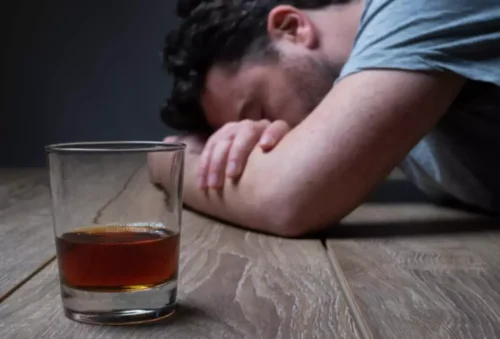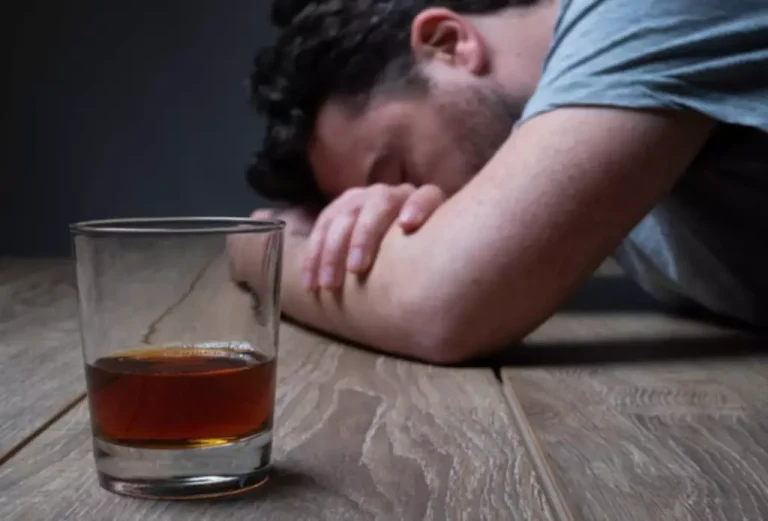
If alcohol continues to give you facial swelling, contact a doctor to avoid possible risks. If you suspect you’ve developed an alcohol dependence, call a treatment center as soon as you can. Alcohol addiction is a disease, not a matter of personal desires or behavior. However, if a person frequently has a puffy face, it can age the facial skin faster.
Drinker’s Nose

By becoming more aware of these signs, we can better understand the detrimental impact of alcohol on our body and take proactive steps towards healthier living. A drinker’s face often refers to facial redness or broken blood vessels caused by chronic alcohol consumption. It may be a common physical sign, but it is not a definitive indicator of alcoholism, as other factors may also contribute to these symptoms. However, for skin conditions related to AUD, liver disease, or excessive alcohol consumption, the best preventive measure is to stop drinking alcohol. Long-term alcohol consumption can lead to spider veins in the face due to how the beverage affects the blood vessels.
How Do Lifestyle Changes and Support Systems Facilitate Recovery?

If you think a family member or loved one might be showing signs, signals or symptoms of alcoholism, know that it won’t “go away” on its own. Their brain is changing—and without help, there can be serious long-term consequences. Therefore, your body’s reaction to alcohol will determine whether or not drinking will cause a rosacea flare-up. One thing is certain, however, and that is not all drinks result in the same effects on the skin. If you or someone you care about is dealing with alcohol abuse, contact Faith Recovery Center in Beverly Hills. Our luxurious facility provides a personalized approach to alcohol addiction treatment.

Red face
- While spotting these signs does not offer a conclusive diagnosis, it can help you understand what may be happening to your loved one.
- Redness is one of the most obvious facial signs of excessive alcohol intake, but it can have a few different causes.
- Have you ever woken up after a night out and noticed a new pimple that seemed to pop up out of nowhere?
- Moderate drinking is defined as a single drink or less per day for women and 2 drinks or less per day for men.
Rosacea causes skin to enlarge and thicken, leading to excess tissue on the nose, which is known as Rhinophyma. Dilation causes the capillaries to become damaged and broken, leaving them raised and more apparent under the skin. Calls to numbers marked with (I) symbols will be answered or returned by one of the treatment providers listed in our Terms and Conditions, each of which is a paid advertiser.
- Alcohol’s influence on the body extends to its outward appearance, particularly the face.
- When an individual drinks, the alcohol content in the body causes the walls of blood vessels to widen and relax.
- Understanding the link between alcohol, rosacea, and other conditions is key to knowing why alcoholics so frequently develop a red face.
- The National Institute on Alcohol Abuse and Alcoholism (NIAAA) also reports that women are less likely to seek treatment for AUD than men.
- At Ria, we offer weekly meetings with certified counselors to help members stay on track and build skills for long-term change.
However, if an alcoholic’s red face is caused by broken capillaries and blood vessels, symptoms will not resolve completely, if at all, after a person stops drinking 8. Those who drink more than 2 standard sized drinks per day, have an increased risk of inflammation due to vasoconstriction, resulting in red skin 6. As you detox from alcohol, get lots of rest, drink plenty of water, and eat a solid diet. Indulging in too many alcoholic drinks can result in dull, tired-looking skin.
Early withdrawal symptoms include headaches, anxiety, nausea, irritability and shaking. A red face caused by alcohol especially occurs in those with an inefficient alcohol metabolism. As the body struggles to process the alcohol, it leads to excessive levels of acetaldehyde. This, in turn, leads to an ALDH2 deficiency, which is commonly known as alcohol flushing syndrome. When a person drinks alcohol, it dehydrates the body, which can trigger rosacea symptoms.
Support Our Mission
Our facility offers a vast range of treatment options, including inpatient and outpatient programs. If you suffer from a co-occurring condition like anxiety, depression, or bipolar disorder, you’ll want to partake in one of the available dual diagnosis treatments. Even though alcohol may exacerbate facial redness and rosacea, it is not the cause. Still, eliminating alcohol consumption is key to avoiding rosacea flare-ups. Acetaldehyde is a toxic component produced during the breakdown of alcohol in the body. In addition to facial flushing, people experiencing an alcohol flush reaction may also experience vomiting, nausea, and headaches.
In this article, Avenues Recovery, leading alcohol and drug rehab specialists, expounds on the different alcoholism face changes that may indicate that someone is addicted to alcohol. It’s important to mention that although the symptoms may be an indication that a person is an alcoholic, it is in no way definitive. Refrain from making accusations or confronting anyone before you have confirmed in a gentle way that the person is actually using alcohol. Eliminating alcohol from a person’s diet and lifestyle should help the skin to clear up.
- Dilation causes the capillaries to become damaged and broken, leaving them raised and more apparent under the skin.
- Heavy drinking is defined as 8 or more drinks per week for women and 15 or more drinks per week for men.
- As a result, your skin and organs try to hold on to as much water as possible, creating a puffy appearance.
- However, if an alcoholic’s red face is caused by broken capillaries and blood vessels, symptoms will not resolve completely, if at all, after a person stops drinking 8.
Alcohol can inflame existing skin conditions like rosacea, eczema, or psoriasis. It can trigger flare-ups and make these conditions more challenging to manage. Combining alcohol and certain drugs causes the negative effects on oral hygiene to become worse.
Facial bloating and puffiness
Our caring and dedicated staff use personalized treatment plans do alcoholics have puffy faces and a wide range of therapies to ensure optimal success. If you are serious about addiction recovery, reach out to Avenues Recovery today to start your journey! We will support you every step of the way towards the sober future you deserve. A red face from alcohol is the result of widened blood vessels in the face due to excessive alcohol consumption. After some time, the damage of an alcohol-red face can become permanent, which means that the drinker’s face always has a flushed appearance.
